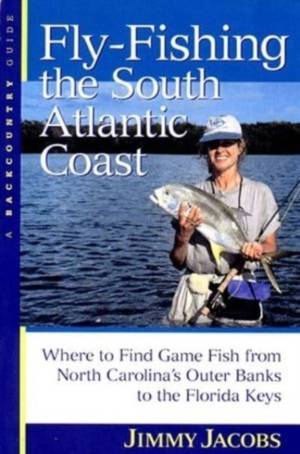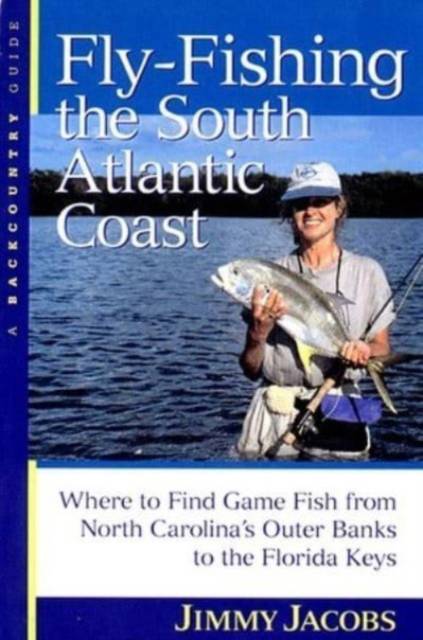
- Afhalen na 1 uur in een winkel met voorraad
- Gratis thuislevering in België vanaf € 30
- Ruim aanbod met 7 miljoen producten
- Afhalen na 1 uur in een winkel met voorraad
- Gratis thuislevering in België vanaf € 30
- Ruim aanbod met 7 miljoen producten
Zoeken
Fly-Fishing the South Atlantic Coast
Where to Find Game Fish from North Carolina's Outer Banks to the Florida Keys
Jimmy Jacobs
€ 38,45
+ 76 punten
Omschrijving
Saltwater angling is the fastest growing segment of the fly-fishing market and the southeastern Atlantic coast is a prime destination area for saltwater anglers. Many of the game species that feed along these southeast Atlantic waters are legendary known for their craftiness, beauty, and ability to put up a rugged fight. Anglers seek out species such as the red drum, tarpon, and spotted seatrout with an almost religious zeal. Here is a guide that directs anglers to the precise locations where these game fish are found. An introductory chapter covers the species of fish commonly sought during different seasons, where they school, how they feed, and what gear to use to catch them. Other popular game species in the southeast include redfish, striped bass, and pompano. Further chapters give detailed advice on gear selection and saltwater flies; and explain how to fish the different types of inshore waters found along the southeast coast, from ocean inlets to tidal creeks to oystershell bars. The author has augmented his decades of experience as a saltwater angler by driving 15,000 miles, wading miles of flats, and spending countless hours aboard boats to bring a particular precision to this guide. He concentrates on areas where good fishing is virtually guaranteed, access is easy, and the area is particularly scenic or uncrowded. He has made a special effort to include places that are accessible to wading or shore-bound anglers. Detailed maps of each area make trip planning easy. 50 black and white photographs, 35 maps."
Specificaties
Betrokkenen
- Auteur(s):
- Uitgeverij:
Inhoud
- Aantal bladzijden:
- 354
- Taal:
- Engels
- Reeks:
Eigenschappen
- Productcode (EAN):
- 9780881504330
- Verschijningsdatum:
- 1/10/2000
- Uitvoering:
- Paperback
- Formaat:
- Trade paperback (VS)
- Afmetingen:
- 155 mm x 228 mm
- Gewicht:
- 462 g

Alleen bij Standaard Boekhandel
+ 76 punten op je klantenkaart van Standaard Boekhandel
Beoordelingen
We publiceren alleen reviews die voldoen aan de voorwaarden voor reviews. Bekijk onze voorwaarden voor reviews.








